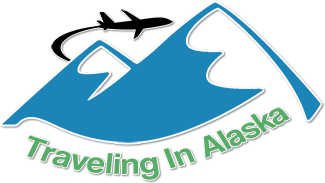Alaska is popularly known as “The Last Frontier,” which was derived from the Aleut word “Aleyska,” meaning “great land.” Its capital city is Juneau that is located in the Southeast region of Alaska. Seventeen highest peaks in the United States can be found here in Alaska.
The highest peak in North America known as Mt. McKinley is here. It is 20,320 feet above sea level. It has Yukon River known as the third longest river in the United States. There are more than three thousand rivers and over three million lakes that tourists can explore. The largest lake is Lake Iliamna that encompasses over 1,000 square miles.
Alaska has about one hundred thousand glaciers and the largest glacier is the Malaspina at 850 square miles. Almost 29,000 square miles of Alaska is covered by glaciers. It has 6,640 miles of coastline and 33,904 miles of shoreline. There are also more than seventy volcanoes in Alaska and some have erupted in recently.
Almost the entire length of the Alaska Highway is asphalt-surfaced, and approximately half of the roads in the state’s highway system are paved. It has about six times as many pilots and fourteen times as many aircraft per capita as the rest of the country as a matter of fact; Lake Hood in Anchorage is the world’s largest and busiest seaplane base.
There are snowmobiles during winter in northern and interior Alaska. Alaska Natives by then travel during the winter and spring months before all began to thaw. The Alaska Marine Highway carries passengers and automobiles then connects twenty-eight Alaska towns and stop in British Columbia and Bellingham, Washington. Alaska Marine Highway System (AMHS) travels from Southeast up to Southwest Alaska.There are day boats that travels in short routes and main routes that requires more than a day to be completed.
The Alaska Railroad covers 470 miles joining Seward, Anchorage, Fairbanks. The most popular railroad is the White Pass Railroad that connects Skagway with Yukon.
